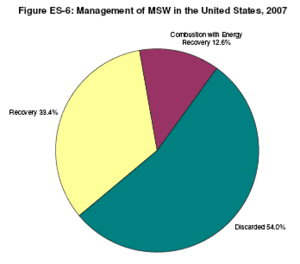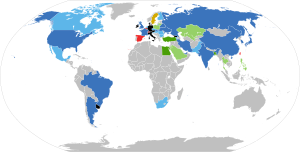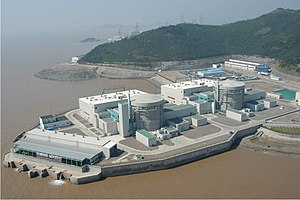Risk & Insurance - April 2011
by Dan Reynolds
The economic downturn and the
Great Recession led to the great thinning of the work force. Those that kept their jobs took on that much more. And they knew times were tough, they did the extra work, expanded their expertise and kept their mouths shut, even as their perks were cut, their wages frozen, and some of their colleagues ushered out the door.
A RESUME RIPTIDE
But the tide is always turning and it is turning now. … This time around, it's a different sort of a tidal movement, according to Jeff Schwartz, the McLean, Va.-based principal with
Deloitte Consulting and leader of U.S. talent services for the company.
"I don't know that we're seeing a résumé tsunami, but we are certainly seeing a résumé riptide,” Schwartz said. In focused talent segments of the economy, there is talent on the move and there is hunger for that talent.
"Each industry and each sector has a small number of critical workers that have very important skills that are in very high demand and although the aggregate employment level isn't going up, the activity within these critical sectors is incredibly hot right now,” Schwartz said. …
According to study results reported by Deloitte in December 2010, 72 percent of executives surveyed said they foresaw either a moderate or severe talent shortage in their R&D ranks in 2011. The same study found that 56 percent of executives surveyed expected moderate-to-severe talent shortages in executive leadership. The survey reported that 52 percent of executives forecast a moderate-to-severe shortage in sales.
We all know that not all employees are the same. Some, … are more talented and double their value through their commitment. It's those 10 percent of employees who are the most engaged in their work that companies can ill afford to lose, Jane Kwon, a New York-based vice president in the talent and reward group for Aon-Hewitt said. Those are the employees that on the revenue-generation side of the equation, are your innovators. On the stop-loss side, they are the employees who know the business well enough to help you avoid catastrophic loss.
And if you bungle the relationship with that sort of talent? “You run the risk of not having the people who can drive the growth that you and your competitors are focused on,” Deloitte's Schwartz said.
And those sharper employees are the ones, just about right now in the scheme of things, that are evaluating their relationship with their employer and deciding whether they are being cultivated and nurtured, or whether they are being exploited and overworked.
"When we looked at the data, those that are in the highly engaged bucket, they are asking that question more seriously, ‘What is going to motivate me to stay here? “ Kwon, for Aon-Hewitt.said.
"We saw that more than half of them are saying that they are planning to go somewhere else and that is a huge cost to an organization,” Kwon said.
Mary Mosqueda, a St. Louis-based compensation practice leader with Lockton, says rather than focus on just one piece of the compensation puzzle, her firm advises clients to use a “total rewards” approach. … And don't forget, different generations want different things. …
Indeed, the Deloitte study found that Generation Y employees, those under age 30, valued company culture above all else.
Baby Boomers, those aged 45 to 64, mostly wanted additional healthcare and pension benefits….
The level of motivation that U.S. employees had to help their companies succeed went down significantly from 2007 to 2008, Kwon said. The factor dropped even more significantly from 2008 to 2009, Kwon said. The Great Recession is likely to have played a part in explaining the 2007-2009 declines. …
… There was a recession - indeed a near depression, according to some - in the United States and Europe. But there wasn't anything close to that in Asia, and that has led to more intense international competition, not just for customers, but for talent as well. “As we come out of the recession we are realizing that it is not as if there is an easy set of markets to sell into right now,” Deloitte's Schwartz said.
Add to that the more intense regulatory environment that we are seeing in this country in the wake of the financial crisis, and that means that managers and senior executives with an effective knowledge of regulatory risk management are that much more valuable. …
"So, it is a different world and the economic state is completely different,” Kwon said.
"Employees are sending the message that it's no longer about what I can give to the organization, it is about what the organization is willing to give to me."

 Photo courtesy of flickr user Worldizen
Photo courtesy of flickr user Worldizen Image via Wikipedia…Focusing on social workers, … John Graham, Ph.D., a professor of social work at the University of Calgary and his then doctoral student Micheal Shier, now at the University of Pennsylvania sent a survey out to 2,500 registered social workers in Alberta, Canada. Seven hundred people responded.
Image via Wikipedia…Focusing on social workers, … John Graham, Ph.D., a professor of social work at the University of Calgary and his then doctoral student Micheal Shier, now at the University of Pennsylvania sent a survey out to 2,500 registered social workers in Alberta, Canada. Seven hundred people responded.


 John Dean
John Dean





















